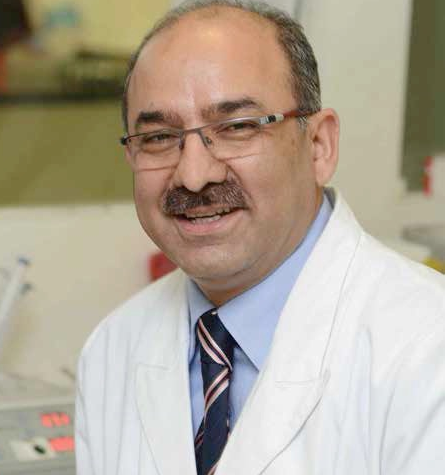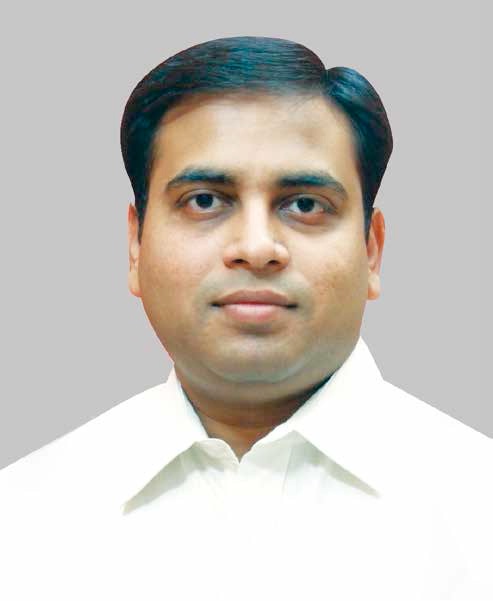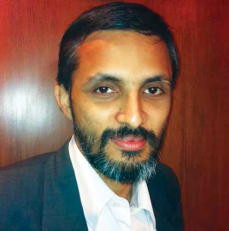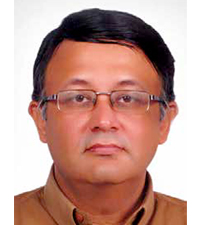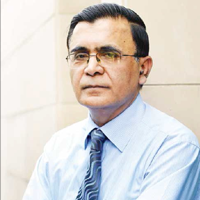
 Biswa N Mohanty, Prof of Surgery & Chief Nodal Officer, Orissa Telemedicine Network, Deptt. Of Health & Family Welfare, Govt. of Odisha
Biswa N Mohanty, Prof of Surgery & Chief Nodal Officer, Orissa Telemedicine Network, Deptt. Of Health & Family Welfare, Govt. of Odisha
Telemedicine as a tool to promote health care delivery and health education in the state of Odisha was accepted by Govt. of Odisha in the year 2001. The initial push was provided by Sanjay Gandhi Post Graduate Institute of Medical Sciences (SGPGIMS), Lucknow and Department of Electronics & IT, Ministry of Communications & IT, Govt. of India both in terms of funding and technical support. Subsequent support was offered by ISRO/Department of Space, Govt. of India, Bangalore. However Odisha Govt. took it up as a major health department initiative in the year 2005.

Methods
The goal was three-fold
(i) To make the Govt. and the medical professionals accept the new medical technology

(ii) To enhance the quality of medical care in the state
(iii) To offer postgraduate medical students a new direction of knowledge acquisition
To meet the desired need, Govt. of Odisha established three medical college telemedicine nodes and 31 districtlevel telemedicine nodes to cover the entire state in a phased manner. Full time telemedicine technical personnel were engaged in all the telemedicine stations to man the telemedicine centers. Adequate fund was provided for maintenance of the state-wide network. CDAC, Pune was involved for installation of hardware, software and manpower training. A senior professor of a Govt. Medical College was identified as the state-level telemedicine nodal officer to look in to effective utilization of the network and to coordinate with funding & administrative agencies. Necessary provision was made on a PPP mode to make benefits of telemedicine available to rural people.
 Tele-Dermatology Session
Tele-Dermatology Session
Monthly Telemedicine utilization data was generated from all telemedicine nodes, compiled and submitted to Govt. Every month a project review meeting was held under the chairmanship of principal secretary, health & family welfare department to find out the difficulties, assess the progress and offer solution to existing & upcoming problems.
Discussion
Analyzing 12 years of data, it was noticed that 4511 patients with critical health problems have been benefited and 2478 topics have been discussed through Tele-CME programs for knowledge boosting of the health professionals. Acceptance of the new medical technology by medical professionals is showing an upward trend. Tele-follow up sessions for patients of thyroid cancer have been quite useful. A total of 277 patients of operated thyroid cancer are on regular tele-follow up in the telemedicine center at Cuttack.
A state-level telemedicine resource center is being established by Govt of Odisha within the premises of the premier medical college of the state at Cuttack at a cost of 5 crore (50 million) rupees for capacity building & optimal maintenance of the whole network. 37 posts of telemedicine technicians and a post of deputy system manager are being created by the Govt. to ensure effective utilization of the telemedicine technology.
Conclusion
The acceptance of telemedicine technology both by the users and Govt. is on the rise. Still then challenges remain in setting up a successful & workable telemedicine program. There is a need in all institutions using telemedicine for critical uation of the ongoing programs. This should include periodic uation of benefits & cost of telemedicine, pros & cons to tele-health and other telemedicine issues.
Be a part of Elets Collaborative Initiatives. Join Us for Upcoming Events and explore business opportunities. Like us on Facebook , connect with us on LinkedIn and follow us on Twitter , Instagram.



